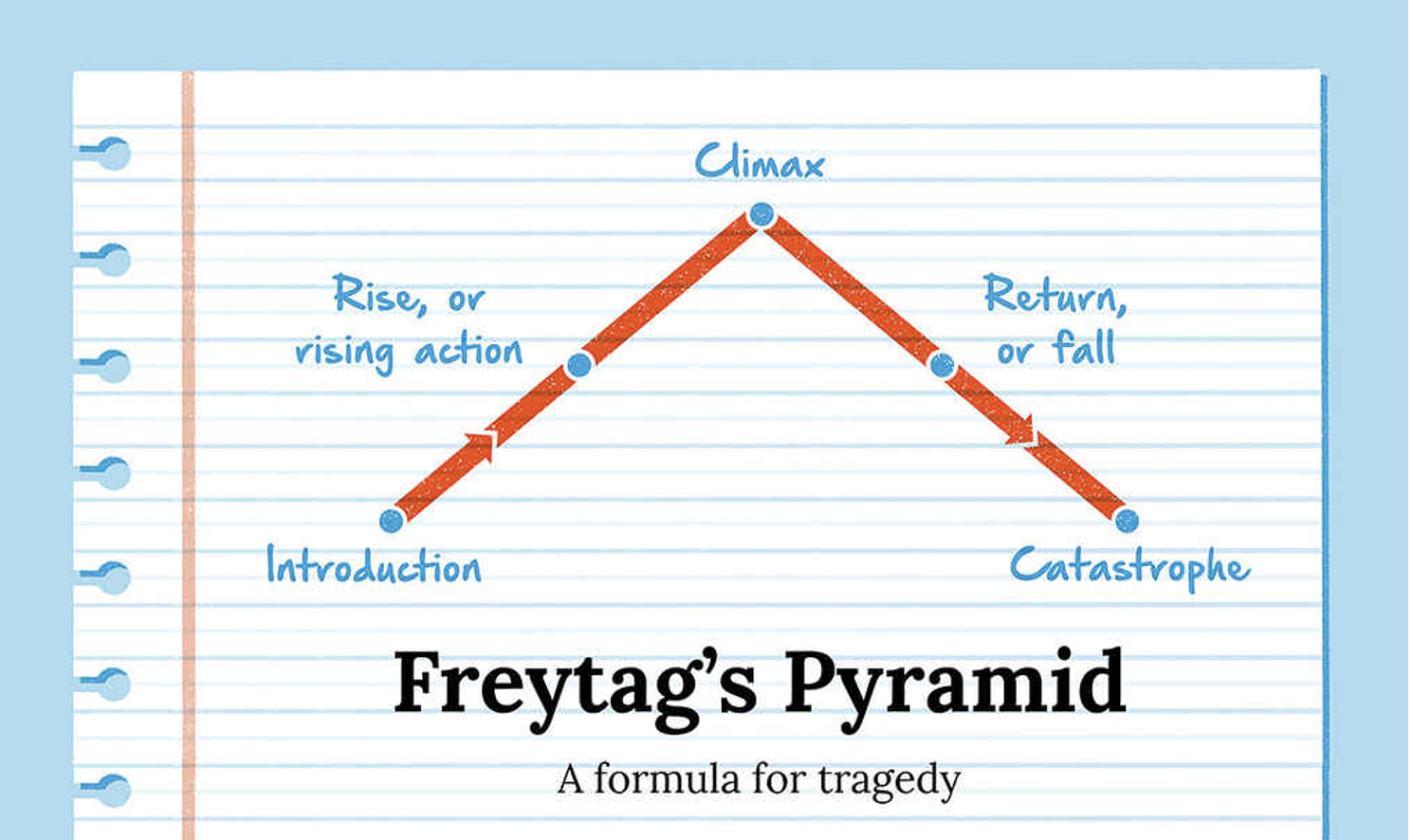How to Publish a Book in Today’s Marketplace: An Author’s Options.
Pauline J. Grabia participates in the Amazon Services LLC Associates Program, an affiliate advertising program, and earns from qualifying purchases from links in this post.
Please subscribe to my email newsletter for updates on my website and blog. You can do so in the form found in the footer of this page. Thank you!
An Education about Publishing Options:
At a writers’ conference this summer, I recently learned that I have several options when it comes time to seek publication of the first book in the trilogy I’ve written. I’ve always been aware of two options: traditional publishing with a publishing house or self-publishing. The first has always been my goal and continues to be the case. The second I always shied away from because of the general stigma in the minds of many in the industry toward self-publishing as being what an author does when their book isn’t good enough to be accepted by a publisher. I learned that this was a misconception I had and that there were more than two options, all gaining legitimacy in the twenty-first-century publishing market. No longer is traditional publishing the only means by which legitimate authors get their work out to readers, and self-publishing is burgeoning in the age of Kindle Direct Publishing and e-book publishing.
The Four Main Publishing Routes Available to Writers:
During the Write His Answers Christian Online Writer’s Conference this past August, I attended a session led by writing coach Michelle Chynoweth, where she went over the various options writers have to get their novel manuscripts published today. She listed four main routes or options I have in my pursuit of publication.
1. Traditional Publishing with the “Big Five” (Four?) Publishing Houses.
2. Publishing with “Indy” (Independent) Publishing Houses.
3. Hybrid Publishing Companies.
4. Self-Publishing.
Ms. Chynoweth went on to describe these four main options in her presentation. Most of what follows comes from her presentation. I’ve done some side research that I’m including here as well.
Traditional Publishing with the “Big Five” Publishing Houses in North America.
These publishing houses are also known as the “Big,” “Legacy,” and “mainstream” publishing companies in the industry and include the names Penguin Random House, Hachette Book Group, Macmillan, HarperCollins, and Simon & Shuster (and their subsidiaries). They are the corporations that have gradually gobbled up all their market competitors, leaving a relatively few small, independent publishing houses still standing in their wake. These guys carry the clout. To be accepted and published by them is not only a big deal but also extremely difficult. Ms. Chynoweth listed the pros and cons of being published by the Big Five.
Pros:
· These companies carry with them the air of authority or authenticity. There’s the impression that you’ve “made it” if you are published by one of these companies or their subsidiaries.
· It doesn’t cost the author anything to publish their manuscript in traditional publishing. In fact, the publisher pays the author, sometimes with advances, and after that, with royalties from their book sales.
· Books from the Big Five are given more prominent shelf space in brick-and-mortar bookstores and online bookstore listings of new books. They also receive more and generally better reviews.
· The publishers are welcome to submit your book to contests that are not necessarily open to self-published books, gaining your work more attention and notoriety.
· You may get an advance payment on your book (though this is no longer a guarantee as it once was).
· You don’t have to be a master salesman in charge of and responsible for the bulk of marketing your book. Authors are expected to be active in the marketing process and often require large platforms before these companies even look at their manuscripts. Still, the entire onus is not on the shoulders of the author as it is when an author self-publishes.
Cons:
· It is challenging, in today’s competitive market, to have your manuscript seen and accepted (bought) by one of the Legacy companies. A literary agent must represent an author even to submit their manuscript to these companies for consideration. That makes finding a literary agent a problematic step in the process (since literary agents only get paid if they can sell your book to a publisher, they only take on as clients authors and the work they believe they can sell to the publishing companies).
· It can take a long time before your manuscript is printed or sold on bookstore shelves. The average quoted was around two years for this process to complete.
· As an author, you need to contribute to the book's marketing. The publisher no longer takes on all the responsibility for this. This also means that most publishers won’t consider manuscripts from authors who have not already developed large author platforms with tens of thousands of email subscribers and social media followers.
· The author, once the manuscript is sold, loses most, if not all, control over the book's design, including the final edit, the cover, and even the final title chosen for the book. They sell their rights to the publisher over these details.
· The copies the author buys from the publisher cost much more than those they can purchase from hybrid publishing companies or self-publishers (after the two dozen or so complementary copies the author might receive from the publisher).
· The author doesn’t determine the price of their book or the reduction thereof, should the publishing company decide to do so.
Most authors dream about being published by the Big Five, but very few accomplish this.
Independent (“Indy”) Publishing Houses
Independent publishing houses are the few who have struggled to survive in the marketplace without being swallowed up by the Big Five. They are usually medium to small presses that don’t have the same money or influence behind them as the Big Five but are still considered “traditional” because they carry most of the cost and heavy weight of the process for the author. It’s becoming more common for Christian publishing companies to be names among “Indy” publishers, including companies like Tyndale, Harvest House, and Baker Books.
Pros:
· You have a slightly better chance of being accepted and published by the smaller Indy presses than by the Big Five.
· Most still require you to be represented by a literary agent, though some still accept submissions by unrepresented authors.
· They still carry an air of authority and legitimacy about them that hybrid and self-publishing do not.
· It doesn’t cost the author anything to publish the book, which the publishing house covers.
· These companies may have the right to enter the book into contests for awards that authors who hybrid or self-publish don’t have access to.
· The author still makes money in royalties off the books sold.
· Books can make it to the shelves of brick-and-mortar bookstores under “returnability”— the store can return any unsold books to the publisher for their money back.
Cons:
· There is no guarantee that a manuscript will be bought and published. The author still must undergo a submission process.
· It still takes considerable time to get the manuscript from submission to publication and on the “bookshelf,” usually from one to two years.
· The author rarely gets an advance from these smaller publishers because they don’t have the capital behind them that the Big Five do.
· The author is expected to do most of their marketing, so once again, the bias in accepting manuscripts on behalf of the publisher favors those authors who have already established a significant author platform and social media presence.
· The author will likely sign over most rights to the publisher, though some might retain some say in the book's presentation (e.g., the cover art and title).
· Purchasing copies from the publisher is expensive, and the author may receive fewer complimentary copies.
· The author doesn’t control the price of the book.
· If the publishing company is relatively small, the author may run into trouble if the company experiences financial difficulties or even shuts down.
Hybrid Publishers
Hybrid publishing is an option I’d not heard of before attending the writers’ conference this summer. I learned that it is a model combining some aspects of traditional publishing with self-publishing that is becoming increasingly popular with authors. It’s also known as Assisted Self-publishing, Print-on-Demand, or Vanity/ Subsidized publishing. Some names in the Hybrid publishing industry include Amplify, Greenleaf, Redemption Press, EA Books, and AuthorHouse. Since this is a relatively new industry and companies vary in the services they offer, it’s essential to research a company carefully before using it to publish a manuscript. These companies provide the author traditional services for a fee, which can be hefty, the bulk of which goes toward printing the books.
Pros:
· No literary agent is required to approach these companies for publishing. The author can submit to and work with the company directly without representation.
· The publishing of a manuscript may involve a one-package price that covers all the required services, including editing.
· The time it takes to get a book published is considerably shorter than with the Big Five or Indy publishers, usually taking about a year or less.
· The author controls the book's final edit and design, including the cover art and title.
· The company pays the author in royalties, and the author can buy copies of their printed book and sell them separately from the publisher. These copies purchased by the author are considerably cheaper than those bought from Legacy or Indy publishers.
· Often, a Hybrid publisher can arrange to get your books into a brick-and-mortar store with the condition of “returnability.”
Cons:
· There is a stigma in the industry placed on those authors who go the route of Hybrid or self-publishing. Industry insiders and readers do not consider them as ‘legitimate” or “authoritative” as those who manage to publish through the more traditional companies. However, this attitude is gradually changing as Hybrid and self-publishing become more common and mainstream.
· The author must outlay cash in package fees to the Hybrid publishing company, often in the thousands of dollars, for their services and the cost of printing.
· Other expenses, including marketing, are on the author and can be very hefty.
· Not all Hybrid companies include services like various types of editing and proofreading in their fees. Again, an author must do their homework when selecting a Hybrid company.
· Almost all the book's marketing is on the shoulders of the author.
Self-Publishing
This is usually the final alternative authors take when wanting to publish their book after the other avenues have been attempted and they haven’t been successful. That’s changing, however, with the advent of online self-publishing services, including names of platforms like Amazon Kindle Direct Publishing (KDP), formerly CreateSpace, IngramSpark, Book Baby, and Smashwords. The entire publishing process is conducted by the author from start to finish. It used to be that this was where all the writers who weren’t “good enough” to be traditionally published went to get their books in print to sell primarily to family and friends. That’s no longer the case, however, as more and more writers’ first choice is self-publishing so that they can remain in complete creative and marketing control of their works from beginning to end. According to Ms. Chynoweth, one-third of all books sold on Amazon currently are by self-published authors regardless of genre. Readers are dumping the idea that these writers have less to offer and are buying up their books more and more.
Pros:
· You don’t need a literary agent.
· In most cases, there are no “fees” and often includes “expanded” distribution as paperbacks and e-books at online distribution sites like Amazon and Barnes and Noble (I’m not sure about Indigo in Canada as of writing this blog).
· It is a system of “print-on-demand.” Changes can be made to the book at any time and are free.
· This is the fastest mode of publishing, taking as little as a matter of weeks to a few months.
· The author owns and controls the copyright as well as the design features of the book.
· The author determines the retail sales price to the buyer and makes all the profits after the print charges.
· Author copies of the book are much less expensive.
· The platform pays the author in “royalties,” or the author can buy physical copies of the book and sell themselves through whatever medium they choose.
Cons:
· There is the same stigma attached to self-publishing as the alternative for those authors who weren’t good or legitimate enough to be traditionally published (though, as mentioned, this is slowly changing).
· All the time and effort falls on the shoulders of the author, including editing, format, design, and, perhaps most importantly, marketing.
· There are no services included in the cost paid for printing. All these services cost extra for the author.
My Current Publishing Path
I have a manuscript that I am trying to have traditionally published either by the Big 5 Legacy publishers or a smaller Indy publisher. I’m in the process of querying agents, and while I wait for a positive reply (hopefully!), I continue to write and work on building my author platform. At this stage, I realistically know that to find an agent willing to represent me, I need to strengthen and expand my email newsletter subscription list for my website and blog and expand my name and brand on various social media platforms, including Facebook and Instagram. With all the commotion concerning Twitter lately, I’ve been reticent about signing on to that platform and building a following. I am considering Threads, however. I have read Tim Grahl’s book Your First 1000 Copies and am trying to implement his “Connection System” to build my email newsletter subscription numbers. Once my platform has expanded, I hope to have better chances of querying and being accepted by a literary agent.
I am a realist, however. I know that the vast majority of good to excellent authors who attempt to publish traditionally ultimately fail. If that happens to me, I haven’t ruled out the possibility of hybrid or self-publishing my first manuscript. I prefer traditional publishing because it’s less (not no) work for me, but I’m willing to put in the effort it takes to get my book out there in the hands of readers, no matter which publishing route I need to take.
I hope this post has been informative and helpful when considering your publishing path. Are you a writer with a manuscript ready to publish and evaluating which direction to take? Are you interested in traditional publishing, or do you want more immediate control over your manuscript and publishing journey? Does marketing your book seem as daunting to you as it does to me? Let me know your thoughts and opinions in the comments below.
As mentioned, I’m building my author platform, including my email newsletter subscription list. I encourage you to sign up below for my newsletter to receive information and updates concerning my website and blog. Additionally, when you sign up, you will receive exclusive access to the Prologue of the novel I’ve posted on my blog: Filling the Cracks. I post a new chapter of Filling the Cracks every Wednesday. Chapter Eight is currently up on my blog. If you haven’t started reading Filling the Cracks, you can start by clicking here to go to Chapter One.
Thank you again for reading! Please return next week for my October/November reading list and share this blog with your friends and family. God bless you richly.
Pauline J. Grabia




In previous posts, we have explored various forms of story structure, including Freytag’s Pyramid, the Fichtean Curve, and the Hero’s Journey. Each of these is an effective story structure for a writer, depending on the narrative. The Three-Act Story Structure is one of the most used story frameworks in literature and film. This structure divides the story into three main sections or acts: Act 1, the Setup (or Beginning); Act 2, the Confrontation (or Middle); and Act 3, the Resolution (or Ending). This will not be a comprehensive exploration of the three-act structure, as there are other blogs listed at the end that do a much better job than I could of deeply examining the elements of this structure.